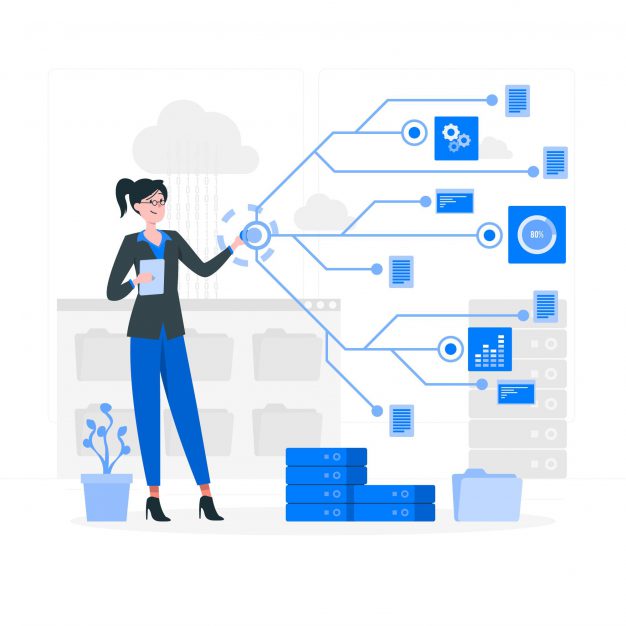Introduction To Knowledge Graphs
Knowledge graphs, also known as semantic networks, are used in the field of artificial intelligence, evolving over time into representations like description logics, conceptual graphs, and rule languages. A data science company would see the use of knowledge graphs in machine learning, both as output and input.
However, the uses of knowledge graphs go beyond artificial intelligence and data analytics services and it has several other applications as well.
What Is A Knowledge Graph?
A knowledge graph is a directed labelled graph where the labels have well-defined meanings. It can be described as a representation of a network of real-world entities like objects, concepts, situations, and events. It illustrates the relationship between these entities, storing this information in a graph database. This is visualised as a graph structure.
There are three main components of a knowledge graph. A node can be any entity like an object, person or place. Edges are the relationship between the nodes or entities. The third component is labels, which capture the meaning of the relationship between the nodes. An example would be the relationship between a business and a customer, where the business and the customer are nodes.
A machine learning company would use N to represent a set of nodes and L for a set of labels. It can thus be said that a knowledge graph is a subset of the N into L into N cross product.
There are different types of knowledge graphs and these are used depending on the needs of the application. When the nodes are people and the edges capture the relationship between then, the directed graph is known as a data graph.
When the nodes are classes of objects and the edges capture the subclass relationship, the directed graph is known as a taxonomy.
There is also some debate as to what falls within the definition of a knowledge graph. Ontologies, for instance, are based on a taxonomy, but are different because they can contain multiple taxonomies.
Ontologies create a formal representation of the entities in the graph using nodes and edges and can resemble knowledge graphs.
How Do Knowledge Graphs Work?
It is interesting to look at how knowledge graphs work, especially in the context of artificial intelligence and data analytics services. These technologies and techniques often rely on datasets and these datasets are extracted from various sources.
Since these datasets differ in structure, components like schemas, identities, and context are used to provide structure to this diverse data. Fuelled by machine learning, knowledge graphs use natural language processing (NLP) to create a comprehensive view of nodes, edges, and labels. This process is known as semantic enrichment.
Semantic enrichment allows knowledge graphs to identify individual objects and understand the relationship between them and this working knowledge can then be compared and integrated with other datasets that are relevant and similar in nature.
The completion of a knowledge graph allows question answering and search systems to retrieve and reuse answers given to queries. A data science company may also use data integration with knowledge graphs to create new knowledge and establish connections between data points previously not seen.
Applications Of Knowledge Graphs
There are many uses of knowledge graphs, especially in research and data science. One of its many applications is organising information over the internet, for which Wikidata is an excellent example. Wikidata is the central storage for Wikipedia’s structured data. Wikipedia also uses DBPedia, which consists of data from Wikipedia infoboxes.
Wikidata, on the other hand, looks at secondary and tertiary objects and a Wikidata knowledge graph can reduce discrepancies between similar entities or objects, like cities with the same name, on Wikipedia. Wikidata, in order to make it easy to establish links between such entities, publishes the definitions of the relationships in Schema.Org.
The application of knowledge graphs for data integration in enterprises must also be explored. Data analytics services provide businesses with a unified view of data by combining data from different sources. This process is known as data integration.
Global schema is an approach to data integration and it captures the interrelationships between data. Creating a global schema can be difficult, which is why a data science company would convert relational data into a database with the general schema of triples, which is a knowledge graph.
The use of knowledge graphs can also be seen in industries like retail, finance, healthcare and entertainment.
